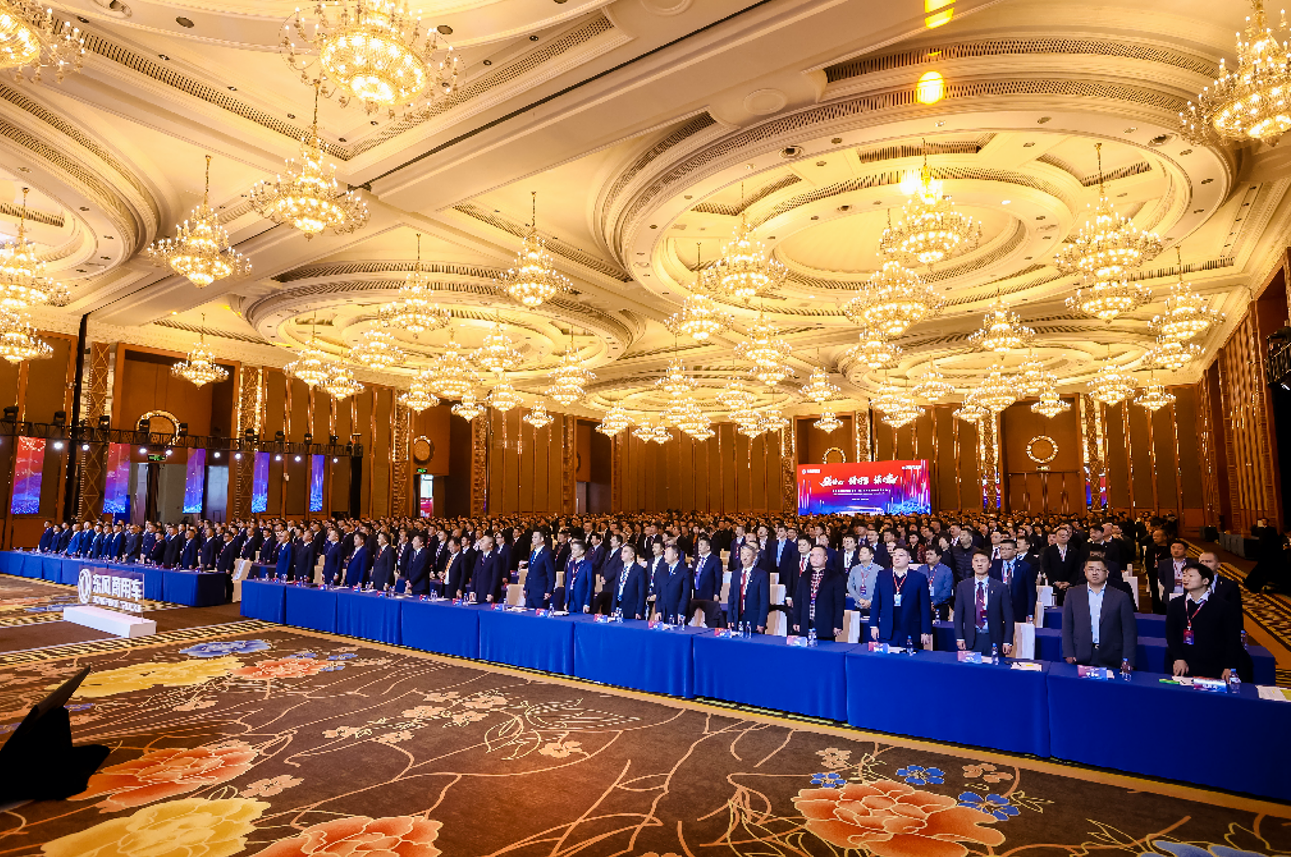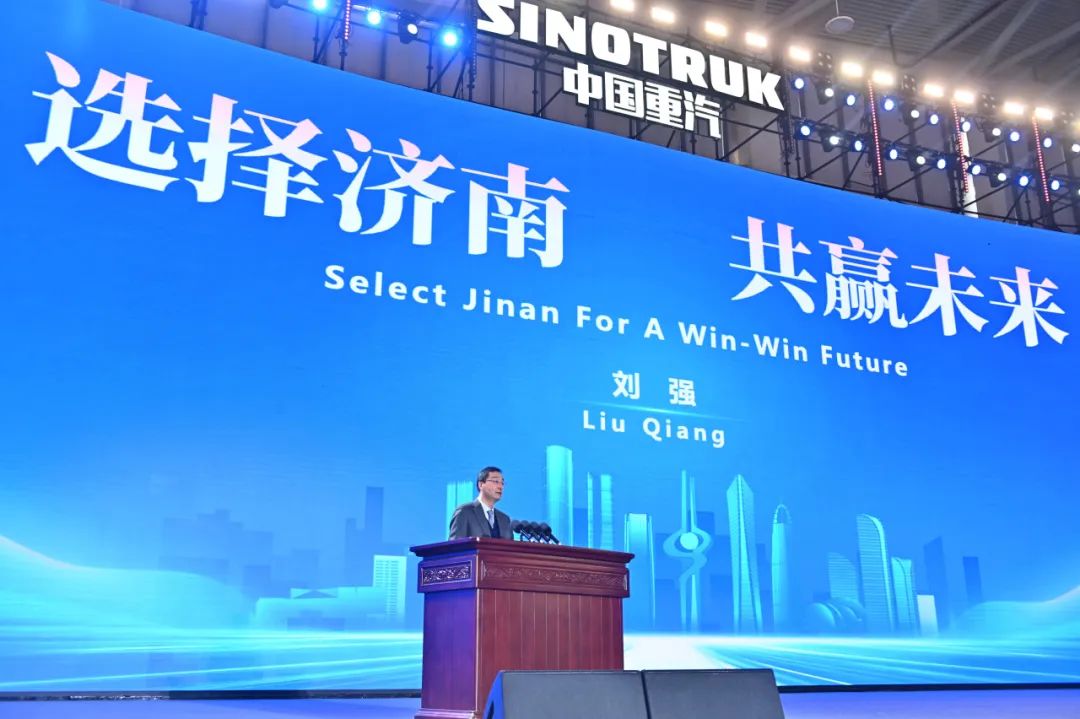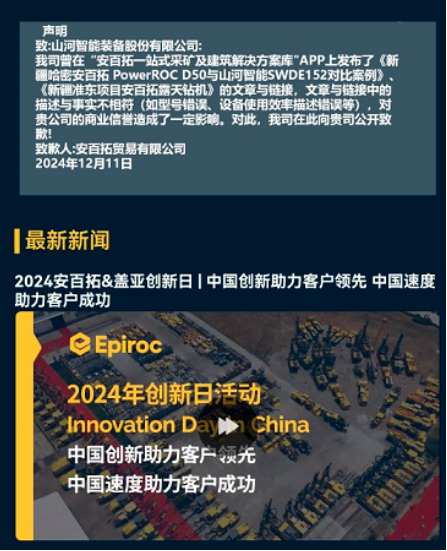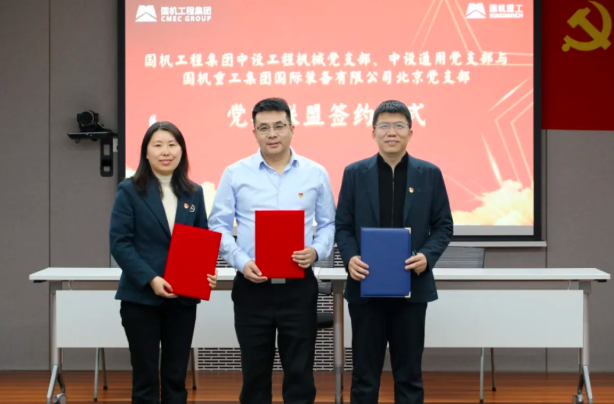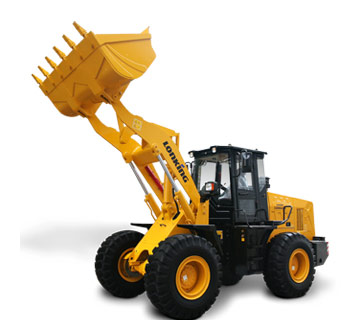Though 2019 is over, the soaring prices of sand and gravel products are still vivid. Prices in the Yangtze river delta region, where demand is strong, rose nearly 20 percent, according to CCTV finance. The prices of various kinds of sand and gravel in hebei, henan, gansu and other regions increased by more than 10%. And the guangdong area that receives attention recently crushed stone factory price rises nearly 40% year on year. & other; It is also the most severe shortage in China in recent decades. Throughout the &; This is likely to continue in 2020.
& ndash; & ndash; This article is from the official website of China sand and gravel association
a large number of unqualified sand and gravel field closed, but the market demand is still strong
In recent years, the national environmental law enforcement has been intensified, and various construction materials enterprises such as quarries and sand extraction plants have been closed. Since 2019, as henan, hebei, hubei, jiangxi and other places have issued sand and stone mining ban documents, the supply of sand and stone has decreased significantly.
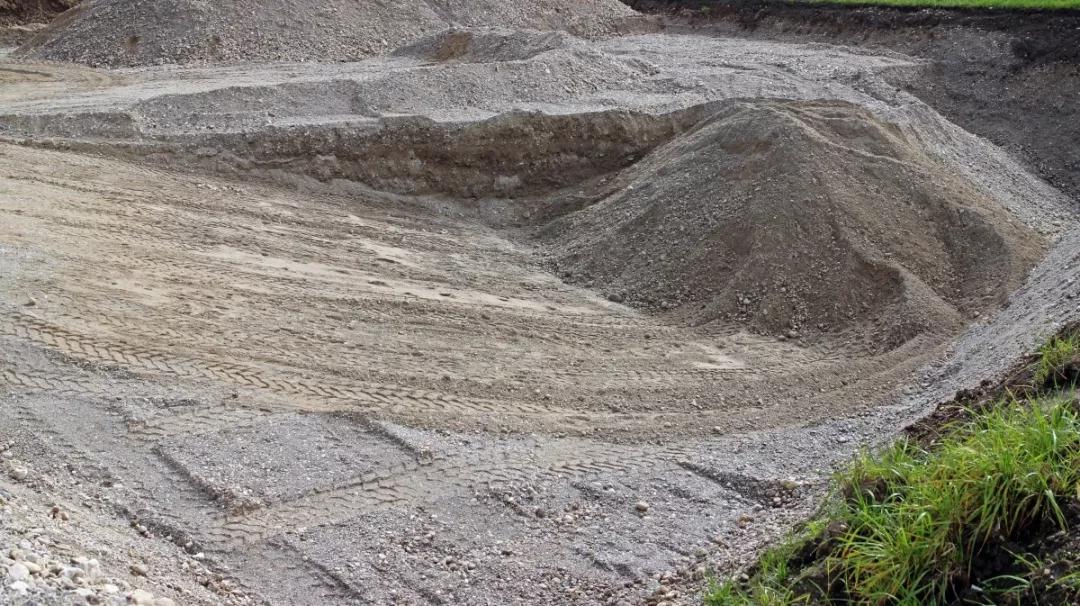
At present, more than 20 provinces, nearly 200 prefectures and more than 1,000 county-level cities have followed suit to ban sand mining. Among them, hunan province closed 814 illegal sand and stone wharves, hubei province banned 1,103 wharfs of various types, gansu province closed 220 sand and stone quarries, anhui province forcibly demolished many sand and stone wharves, henan province and hebei province issued a ban on river sand mining, and chongqing city river sand and stone mining ban.
With national engineering construction scale expands unceasingly, the river sand resources reduced year by year, resources and environment regulation is more and more big, the sand prices rise sharply, lawless mining jump river sand interests, although the water conservancy administrative departments at all levels and relevant departments of the rising rivers illegal sand mining, but still illegal sand mining behavior of lakes and river.
Starting from December 1, 2019, the shandong provincial department of water resources will implement the measures for reporting on the value of illegal sand and gravel mining in river channels or their harm to flood control safety (trial), valid until November 30, 2021. According to the Supreme People's Court, the Supreme People's Procuratorate on the handle criminal cases of illegal mining, destructive mining explain some issues of applicable law (25 [2016] of the method, hereinafter referred to as the "judicial interpretation"), has not obtained a license in the river channel sand mining management scope, if the circumstances are serious, to illegal mining crime punishment.
It is reported, for the overall planning of sandstone resources development and utilization, to speed up the construction of lacustrine sand resources orderly development and utilization of a long-term mechanism, on October 24, shandong provincial water resources bureau issued by the regarding the compilation of the river channel sand mining planning and reasonable development and utilization of river channel sandstone resources notice, start the province river channel sand mining planning work, planning before June 30, 2020 to complete the task. The planning is bound to provide guidance for the rational development and utilization of river sand and stone resources and the formation of long-term mechanism for the orderly development and utilization of river and lake sand and stone resources.
And in henan province xinyang city gushi county, a real name system to limit the purchase of sand. According to the measures on trial operation of gushi county river sand convenience supermarket released by gushi county, starting from November 15, 2019, county residents will be required to register with their id CARDS at designated places in the county to buy sand and stones. The price of sand for residents is 80 yuan/ton, and cash is required to buy up to 20 tons at a time. On the other hand, infrastructure investment across the country is accelerating, leading to a surge in demand for sand and gravel. At the policy level, the master plan for new land and sea corridors in the western region, the guidelines on speeding up the construction of dedicated railway lines, and the outline for building a transport power have all been issued, setting the direction for steady growth of infrastructure.
The national development and reform commission's approval of infrastructure projects and local projects have also ramped up. In the third quarter, the NDRC approved 35 fixed-asset investment projects with a total investment of 317.2 billion yuan, according to the NDRC. Since the fourth quarter, guizhou, zhejiang, jiangxi and shandong provinces have accelerated the construction of major projects, and some provinces have added the number of key projects and investment quotas for the year.
sand-rock emergency, imported river sand has poured into the domestic market
Domestic sand market demand is strong, but the supply side is restricted, many imported river sand in the last two years a large number of domestic market. It is reported that China's imports of river sand mainly come from Malaysia, and a small part of the rest comes from Cambodia, the Philippines and other southeast Asian countries. Some media even claimed that sand also comes from north Korea. Up to now, hainan, guangdong, fujian, zhejiang, jiangsu and other areas in the southeast coast of China have appeared the figure of imported river sand. From 2018 to 2019, China imported a total of 25.1258 million tons of river sand from southeast Asia.
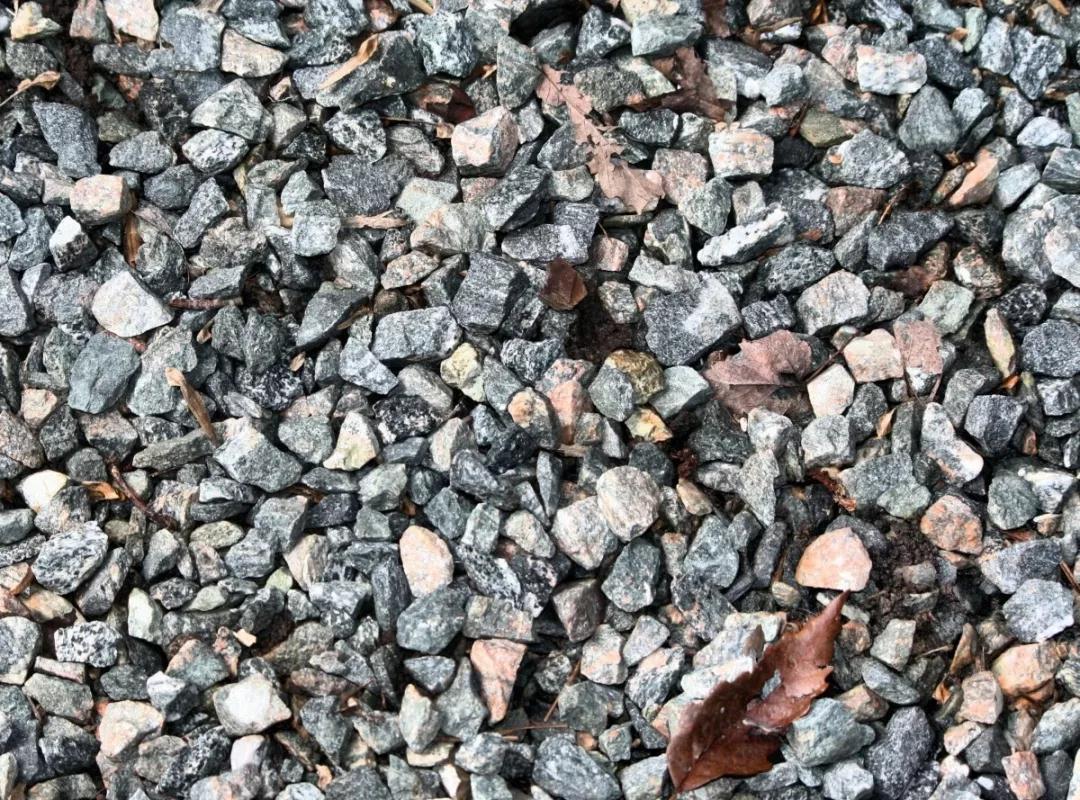
Sand mining in Yangtze river basin may be banned for 10 years
The ministry of agriculture and rural areas of the People's Republic of China has issued a circular on the scope and duration of a fishing ban in key waters along the Yangtze river, announcing that a 10-year fishing ban on the Yangtze river will be implemented from 0:00 on January 1, 2020.
A widespread fishing ban would not only affect nearly 300, 000 fishermen, but could also have a significant impact on the implementation of sand mining programmes in various regions, which would again be curtailed by the full coverage of the fishing ban after the tightening of sand mining in river channels.
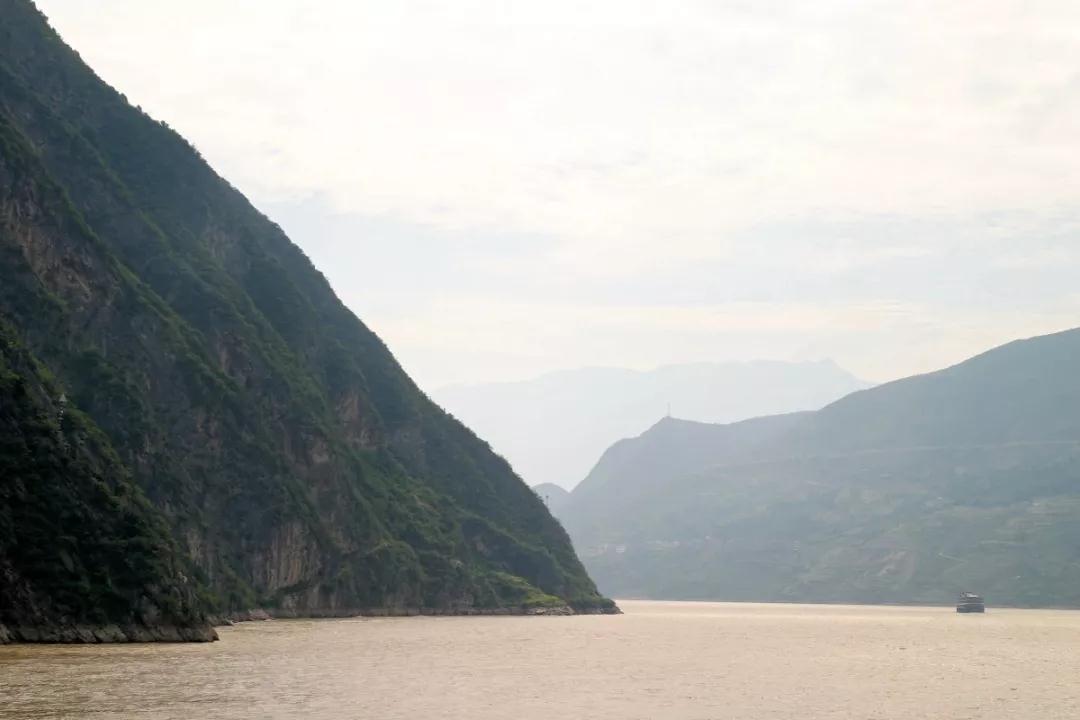
In the Yangtze river basin, jiangxi, hubei, sichuan, chongqing and other provinces have made it clear that sand mining is prohibited during the fishing ban period. A 10-year ban on fishing in the main stream of the Yangtze river and its major tributaries may have a huge impact on sand mining in the basin.
For the policy of forbidding sand mining during the closed fishing period, there are clear requirements in all regions:
2019-2023 in jiangxi province; Five rivers and one lake There are 84 planned sand mining areas, with an annual mining capacity of 71.2 million tons. It is required that sand mining should be banned during the annual fishing ban on poyang lake, which is within the scope of the large tongjiang lake in the circular. The regulations on sand mining management in river channels of jiangxi province, passed in September 2016, also clearly stipulates that sand mining is prohibited during the fishing season in the legally demarcated no-fishing zones.
Hubei province's sand mining plan for the middle and lower reaches of the han river and the dongjing river (2018-2023) has a total of 52 mining areas. The sand mining control for the middle and lower reaches of the han river and the dongjing river during the planning period is 34.75 million tons, and the han river is an important tributary of the notice. The regulations on the protection of lakes in hubei province stipulates that no unit or individual is allowed to conduct underwater operations such as fishing, blasting and sand mining in prohibited fishing areas and during prohibited fishing periods.
In addition, sand-mining planning (2019-2022) for the main stream of the yuanli river and dongting lake in hunan province, with an annual mining capacity of over 60 million tons, is also in the scope of the circular, and the sand-mining planning under development in all parts of the Yangtze river basin should also consider the impact of fishing ban. On the surface of the Yangtze river basin and coastal lakes stretching 8,100 kilometers, 110,000 fishing boats and nearly 300,000 fishermen will leave the Yangtze river once and for all. Natural sand extraction affected by the tightening of river channel sand resources may be tightened again. Some regions heavily dependent on natural sand may see huge market fluctuations.

The world consumes tens of billions of tons of aggregate annually, and the demand is growing, with global production expected to reach 60 billion tons by 2030. And our country is the main force of this market. With the ban on river sand mining, mechanism sand is also subject to environmental control and strict management background, will the price of sand fall? I'm afraid difficult!
& have spent





